Controlling Tomato Southern Blight: How To Treat Southern Blight Of Tomatoes
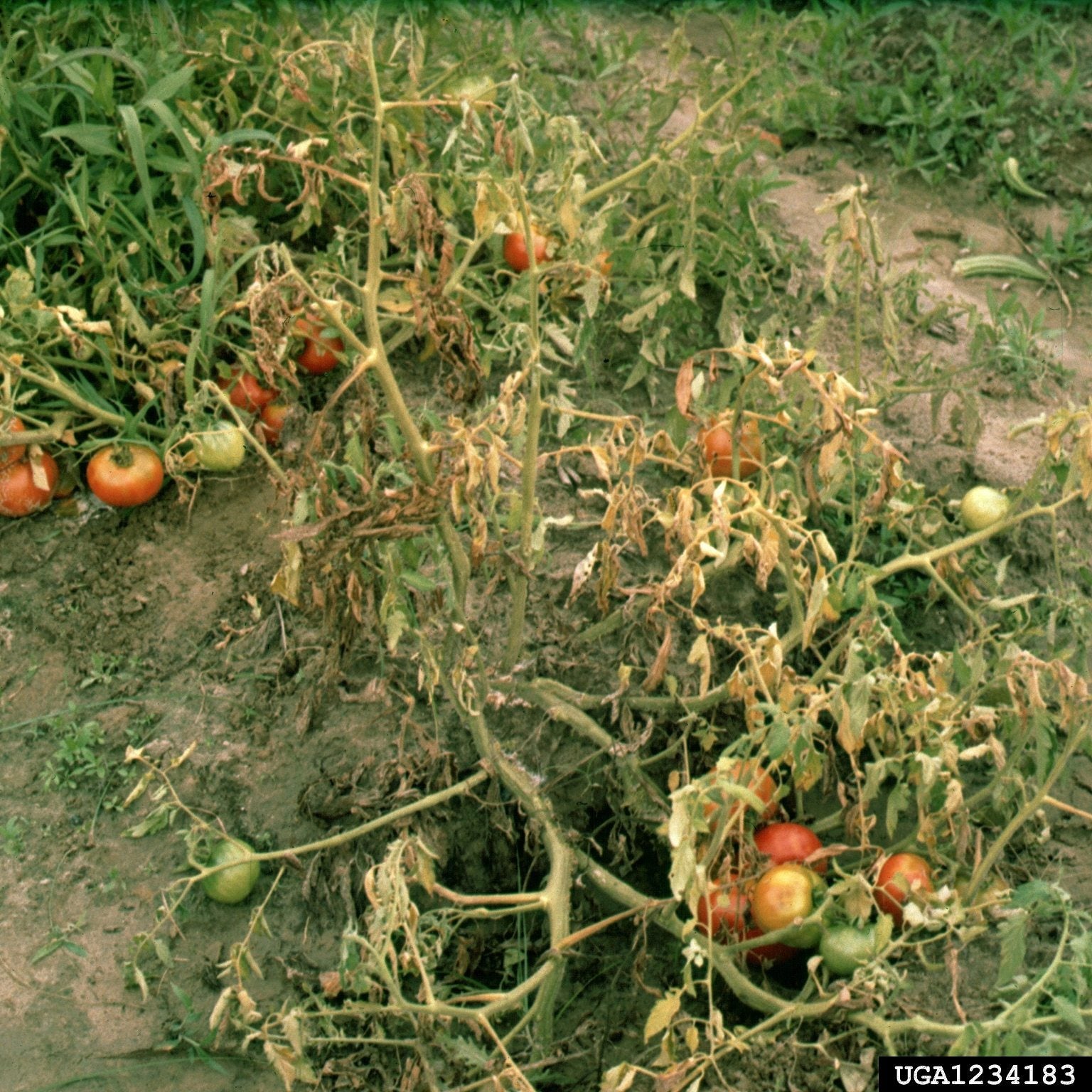

Southern blight of tomatoes is a fungal disease that often shows up when hot, dry weather is followed by warm rain. This tomato disease is serious business; southern blight of tomatoes may be relatively minor but, in some cases, a severe infection can wipe out an entire bed of tomato plants in a matter of hours. Controlling tomato southern blight is difficult, but if you’re vigilant, you can manage the disease and grow a crop of healthy tomatoes. Read on to learn more.
What Causes Southern Blight of Tomatoes?
Southern blight is caused by a fungus that can live in the top 2 to 3 inches (5-8 cm.) of soil for several years. The disease is unleashed when plant matter is left to decompose on the soil surface.
Signs of Southern Blight of Tomatoes
Southern blight of tomatoes is generally a problem in warm, damp weather and can be a serious problem in tropical and subtropical climates. Initially, southern blight of tomatoes shows up by rapidly yellowing, wilting leaves. Very soon, you’ll notice water-soaked lesions on the stems and a white fungus at the soil line. Small, round, seed-like growths on the fungus turn from white to brown. Any fruit on the plant becomes watery and rotted.
Tomato Southern Blight Treatment
The following tips on controlling tomato southern blight could help with this disease:
- Purchase tomato plants from a reputable grower and allow a wide spacing between plants to create a distance barrier and make clean-up easier. Stake tomato plants to prevent them from touching the soil. You may also want to prune lower leaves that may come in contact with the soil.
- Remove infected plants at the first sign of disease. Burn infected plant parts or place them in plastic bags. Never place them in the compost bin.
- Water with a soaker hose or drip irrigation system to keep the foliage as dry as possible.
- Pick up debris and keep the area free of decomposing plant matter. Pull or hoe weeds. Apply a thick layer of mulch to create a barrier between the foliage and the soil.
- Clean garden tools immediately after use. Always sanitize tools with a mixture of four parts bleach to one part water before moving to an uninfected area.
- Rotate crops with corn, onions, or other non-susceptible plants. Plant tomatoes in a different spot every year.
- Till the soil deeply at the end of the season and again before transplanting to incorporate any remaining debris thoroughly into the soil. You may need to work the soil several times.
Gardening tips, videos, info and more delivered right to your inbox!
Sign up for the Gardening Know How newsletter today and receive a free copy of our e-book "How to Grow Delicious Tomatoes".

A Credentialed Garden Writer, Mary H. Dyer was with Gardening Know How in the very beginning, publishing articles as early as 2007.
-
 Looking For Plants To Give You The Soft And Fuzzies? Try These 5 Fuzzy Leaf Plant Options
Looking For Plants To Give You The Soft And Fuzzies? Try These 5 Fuzzy Leaf Plant OptionsLovers of texture, drama, silver foliage and tactile plants will adore these special sensory garden additions. These fuzzy leaf plant options will leave you all aglow
By Susan Albert
-
 Get Ready For A Summer Of Hummers! Grow These Full Sun Hummingbird Plants and Flowers
Get Ready For A Summer Of Hummers! Grow These Full Sun Hummingbird Plants and FlowersIf you’re lucky enough to enjoy a sunny backyard, make sure you are maxing out on your pollinator opportunities and grow these full sun hummingbird plants and flowers
By Tonya Barnett
-
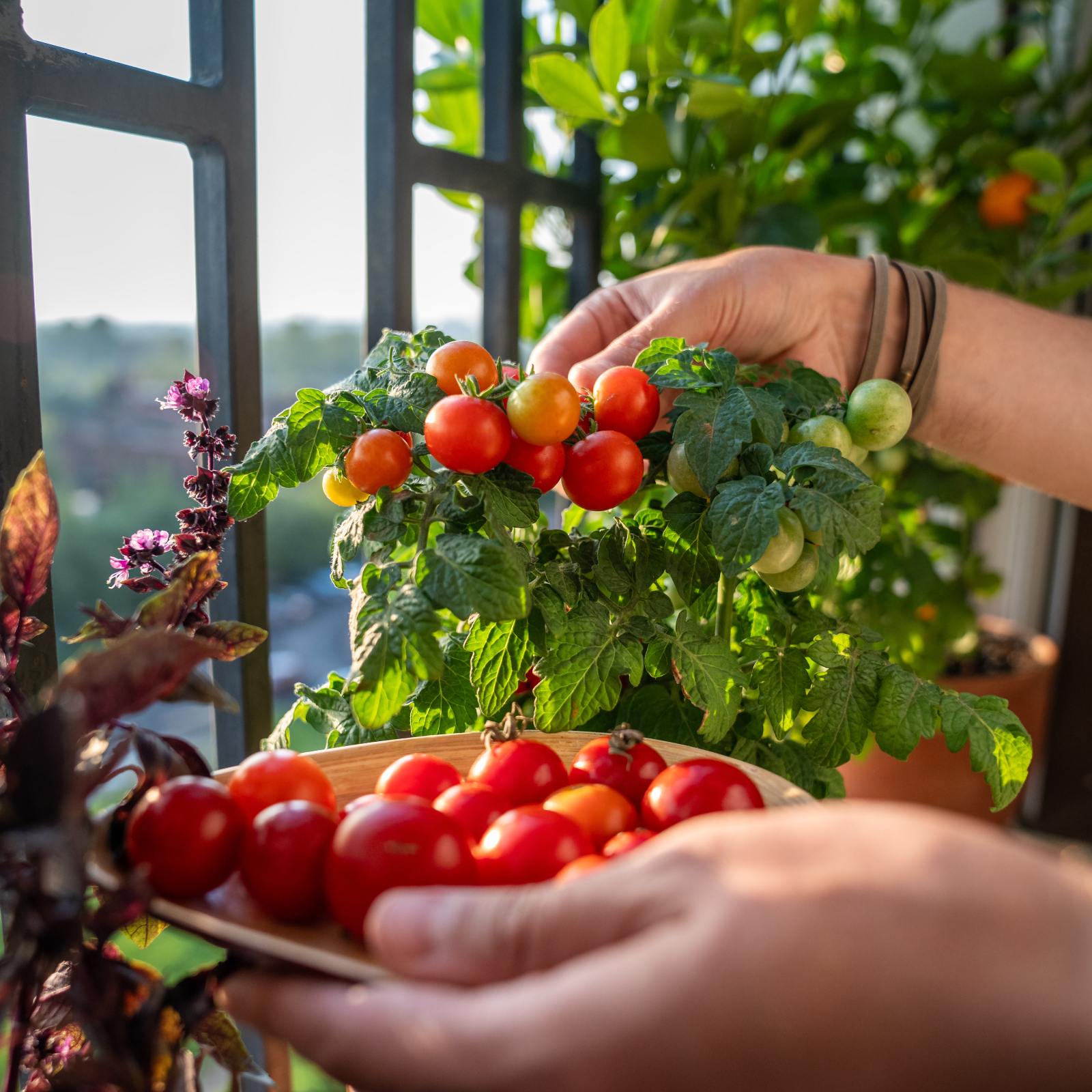 Best Tomatoes For Containers: 10 Tastiest Varieties For Plentiful Produce In Compact Areas
Best Tomatoes For Containers: 10 Tastiest Varieties For Plentiful Produce In Compact AreasThese are the best tomatoes for containers that prove you don't need to have a large space or elaborate garden to grow delicious produce.
By Bonnie L. Grant
-
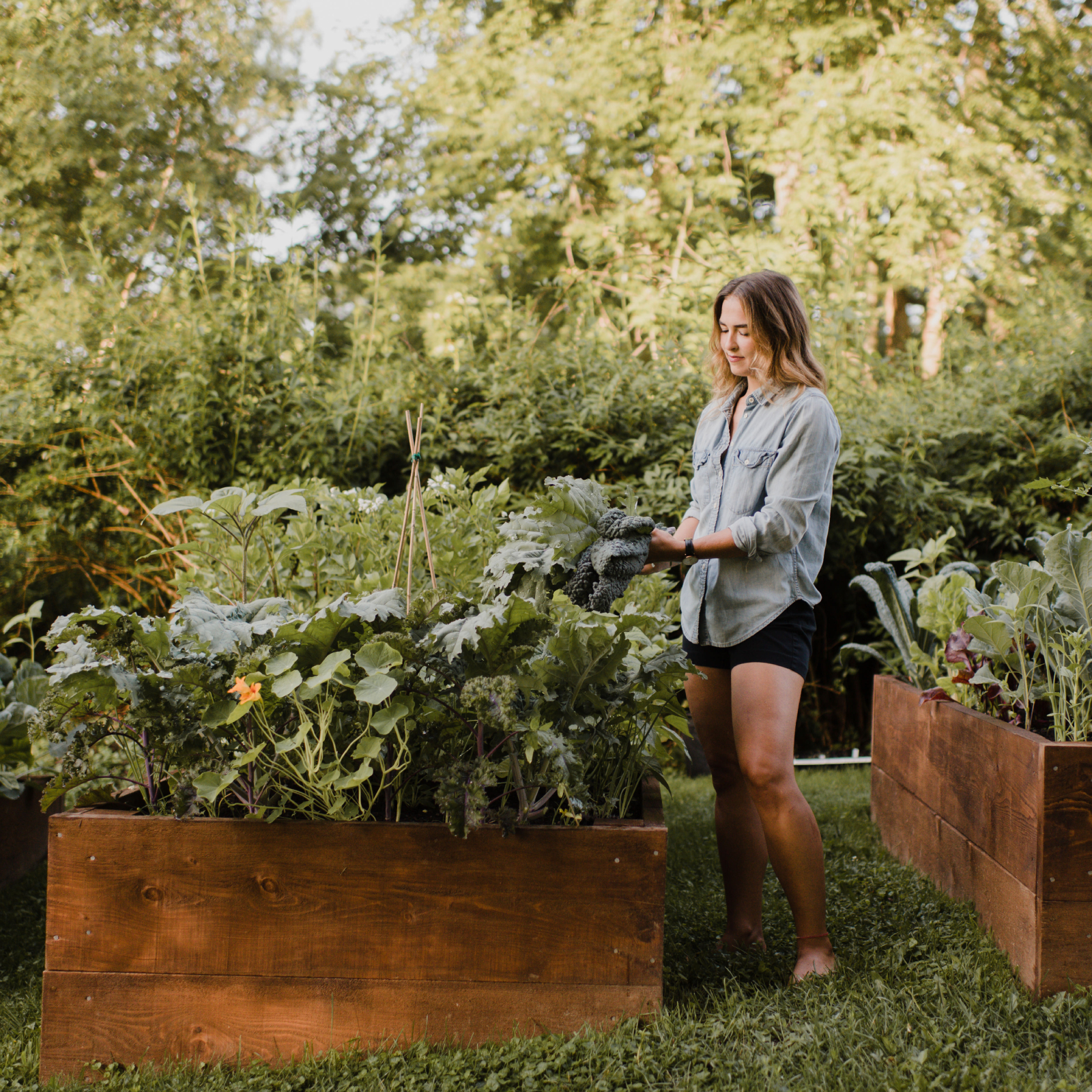 Raised Bed Garden Layout Ideas To Maximize Your Vegetable Harvest
Raised Bed Garden Layout Ideas To Maximize Your Vegetable HarvestCurious how to maximize your vegetable garden this year? Try these raised bed layout ideas and tips to get the most out of your space.
By Teo Spengler
-
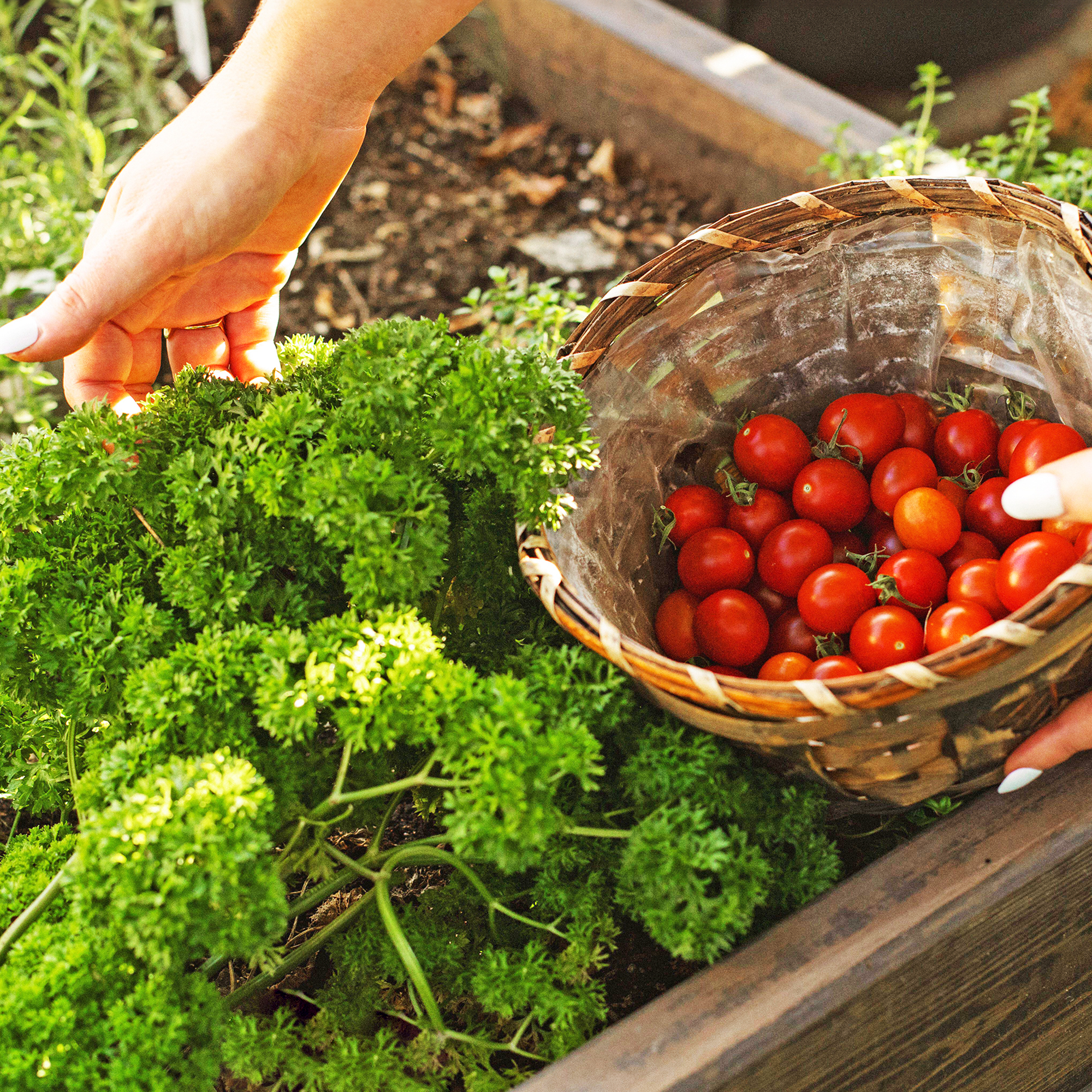 Best Herbs To Plant With Tomatoes: 6 Perfect Companions For Better Flavor & Bigger Harvests
Best Herbs To Plant With Tomatoes: 6 Perfect Companions For Better Flavor & Bigger HarvestsCertain herbs make excellent neighbors to tomatoes in the vegetable garden, repelling pests, keeping down weeds, and enhancing flavor. Try these top varieties.
By Mary Ellen Ellis
-
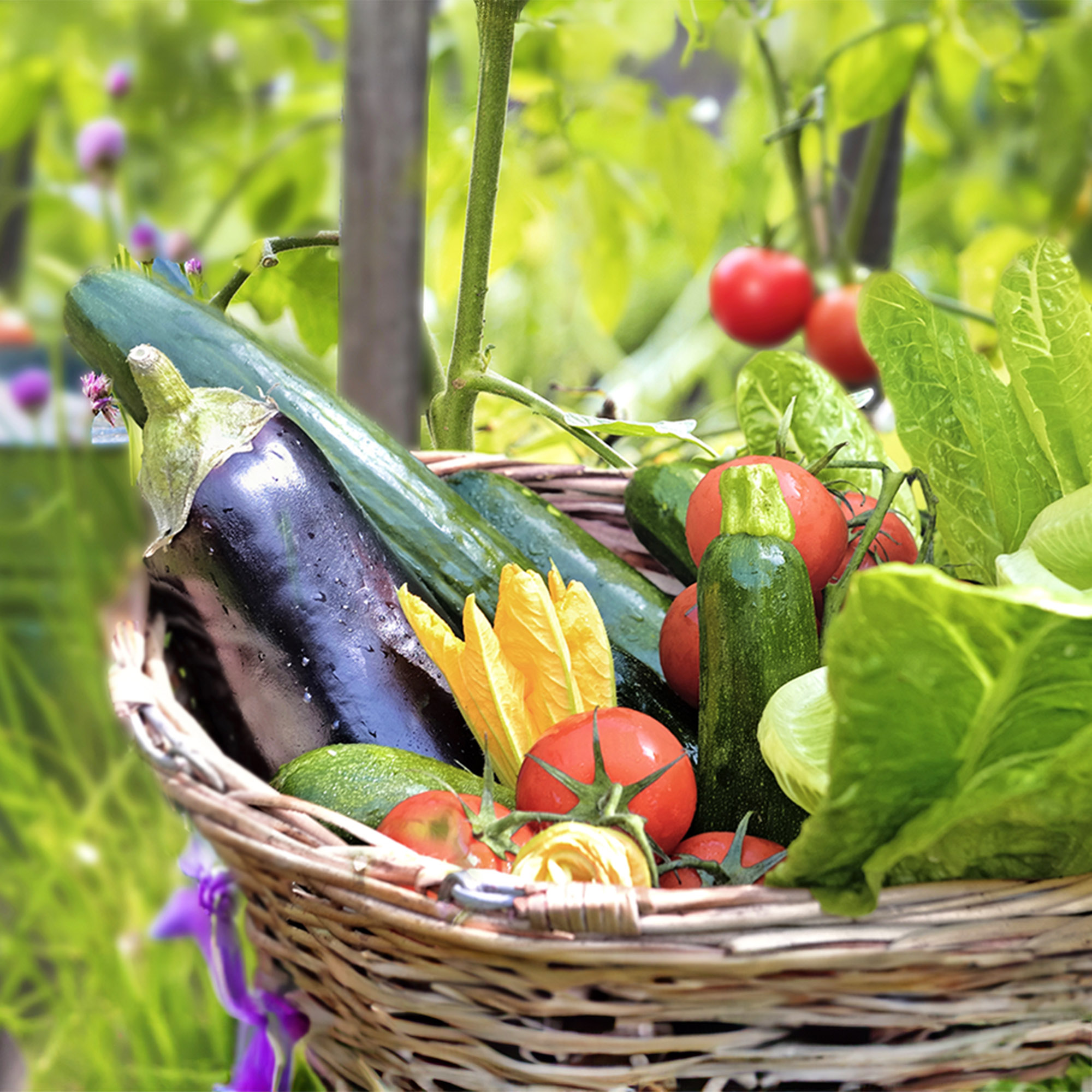 7 Best Vegetables To Plant In February – And Start Harvesting From Early Spring
7 Best Vegetables To Plant In February – And Start Harvesting From Early SpringGet a head start on your garden with these delicious veggies. Plant now and you can begin enjoying home-grown harvests sooner than you think.
By Mary Ellen Ellis
-
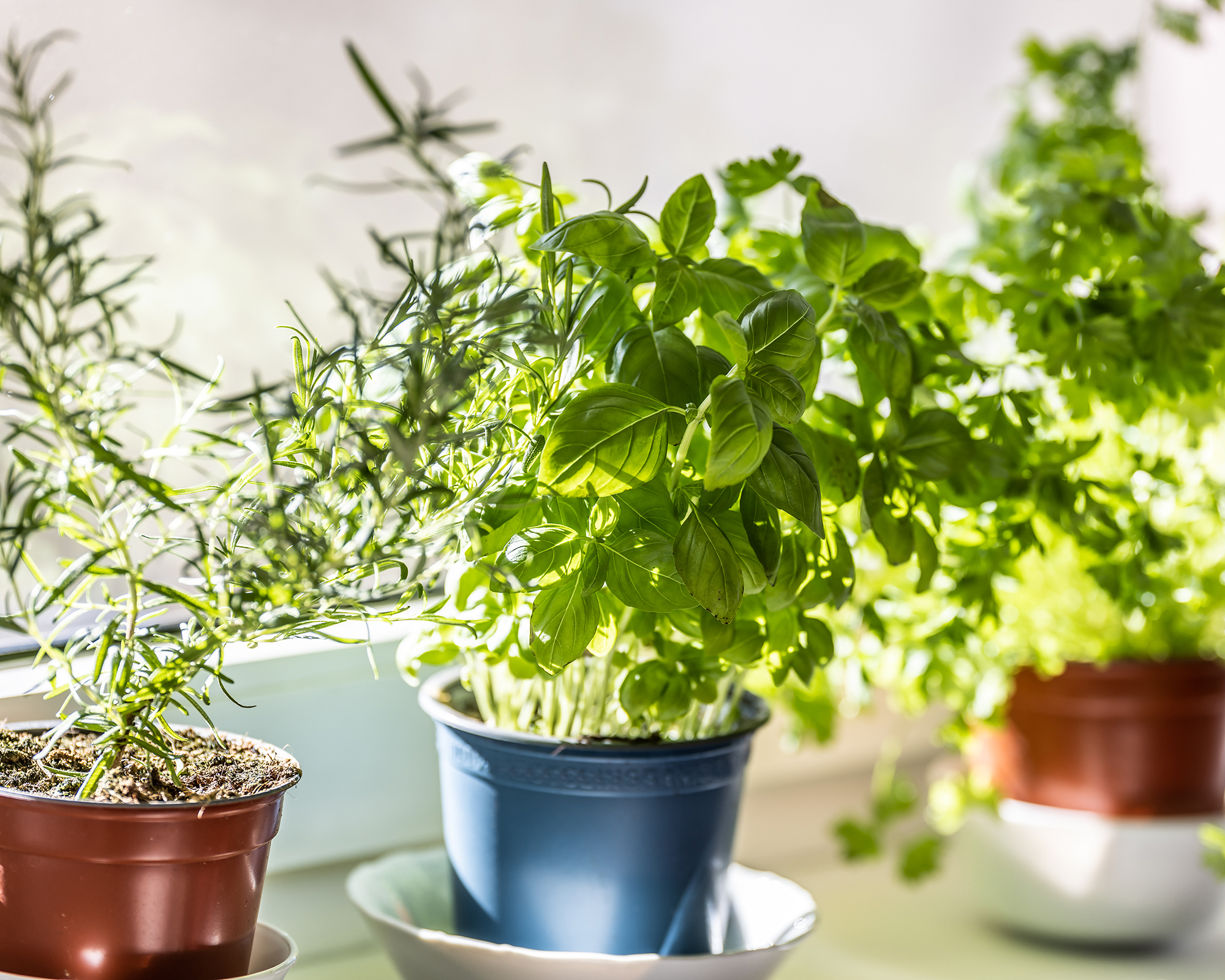 How To Grow A Windowsill Full Of Veggies This Winter, According To A Top Gardening Expert
How To Grow A Windowsill Full Of Veggies This Winter, According To A Top Gardening ExpertAward-winning journalist and climate-resilient gardening expert Kim Stoddart reveals her top plant picks and tips for a productive winter windowsill garden.
By Kim Stoddart
-
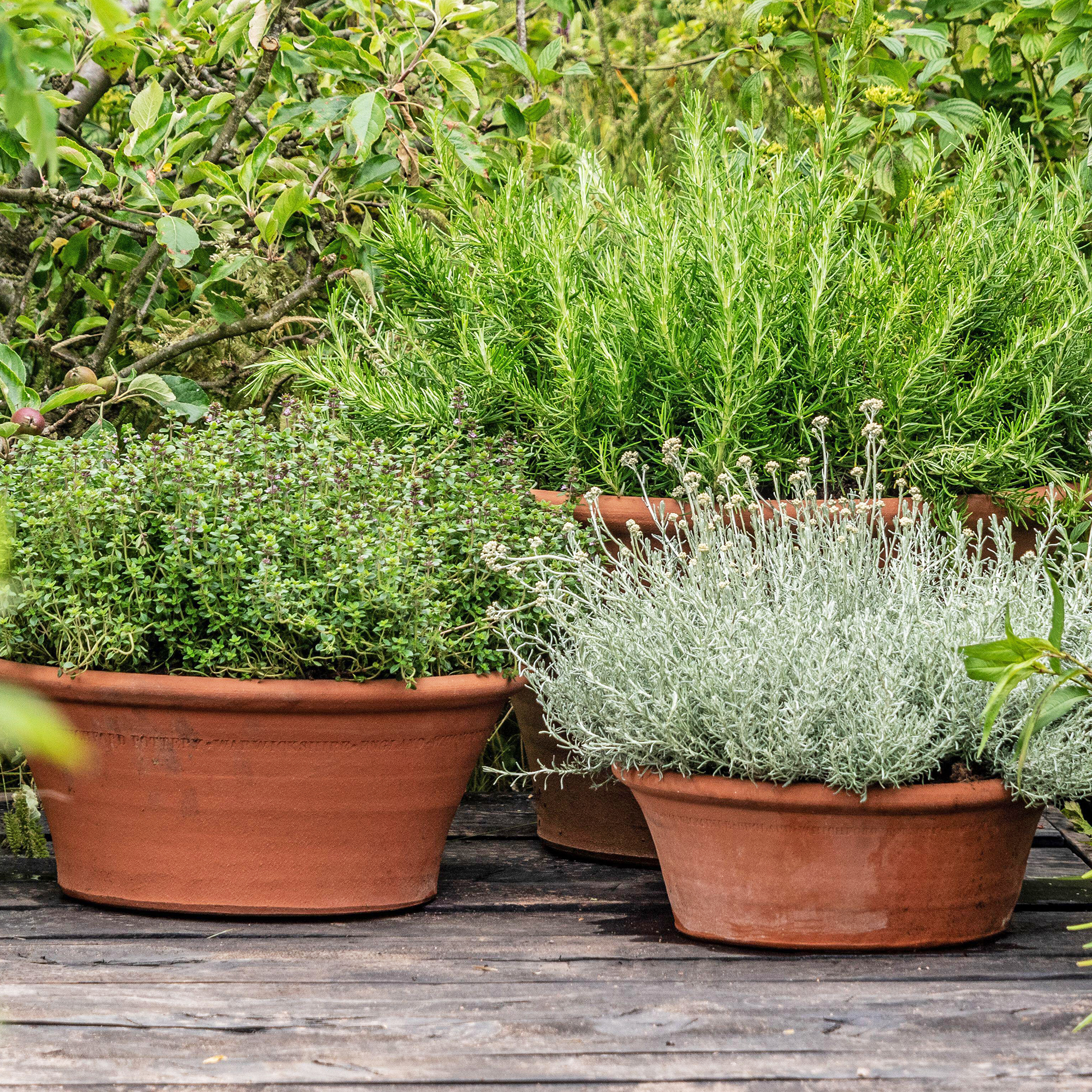 7 Perennial Herbs Perfect For Pots – Enjoy Aromatic Patio Harvests Year After Year
7 Perennial Herbs Perfect For Pots – Enjoy Aromatic Patio Harvests Year After YearDiscover the best perennial herbs to grow in pots. Ideal for small spaces, these low-maintenance plants offer year-round flavor and greenery on your patio.
By Bonnie L. Grant
-
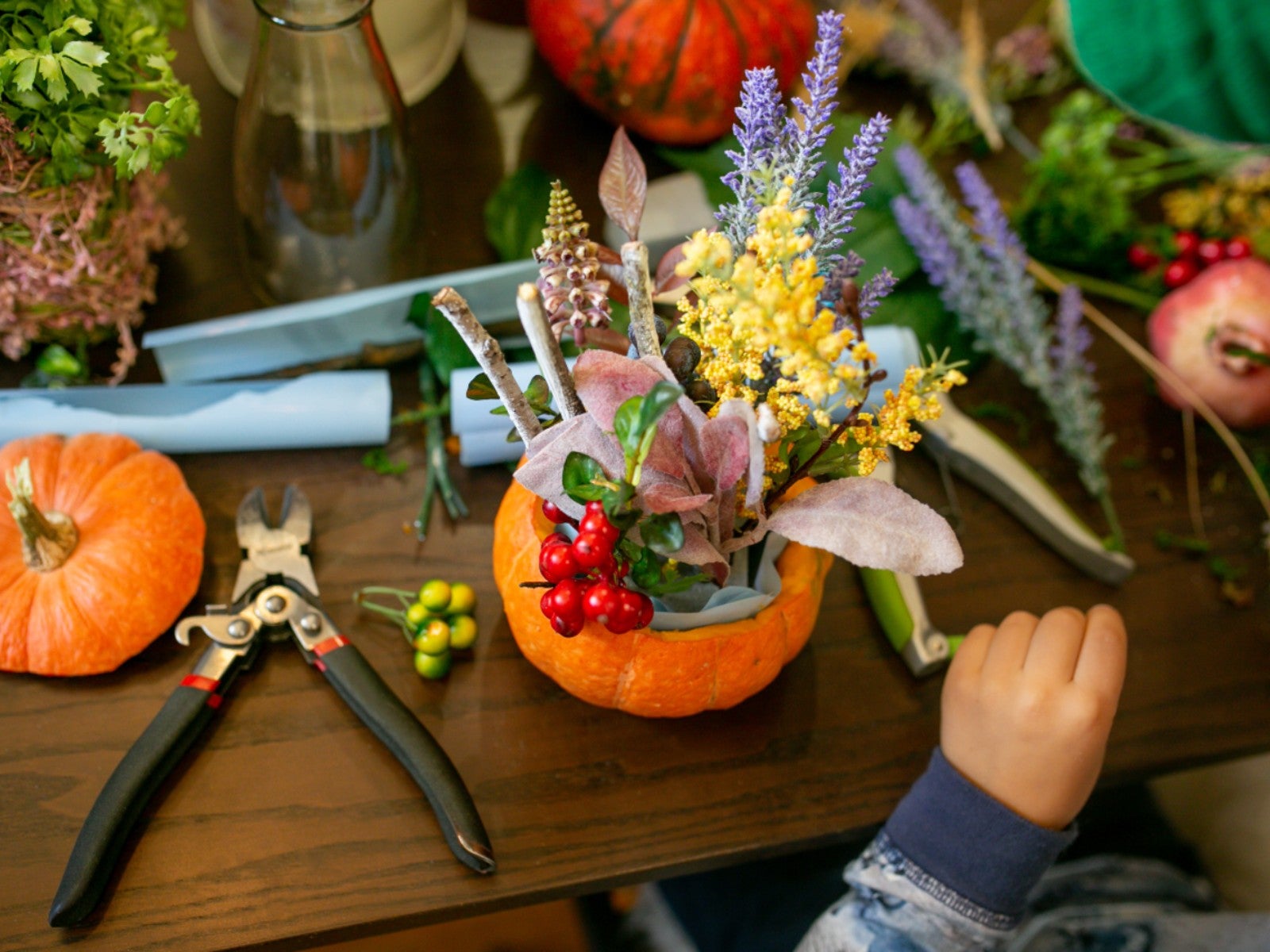 Do-It-Yourself Floral Pumpkin Centerpiece
Do-It-Yourself Floral Pumpkin CenterpieceCan you believe this pretty pumpkin centerpiece was made with just $13 worth of supplies? Plus, it was quick and easy.
By Amy Draiss
-
 9 Fun Things To Do With Pumpkins That Are Past Their Prime
9 Fun Things To Do With Pumpkins That Are Past Their PrimeWondering what to do with your pumpkin after the Halloween fun is over? Learn what to do with your pumpkins when you are done decorating with them.
By Teo Spengler